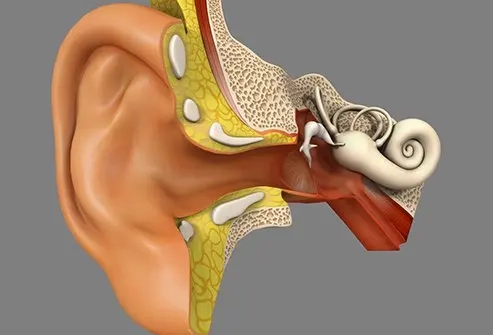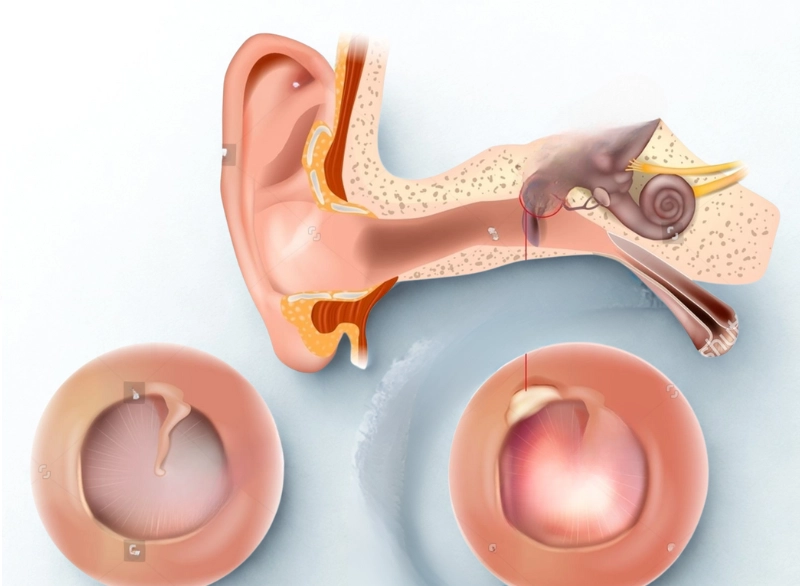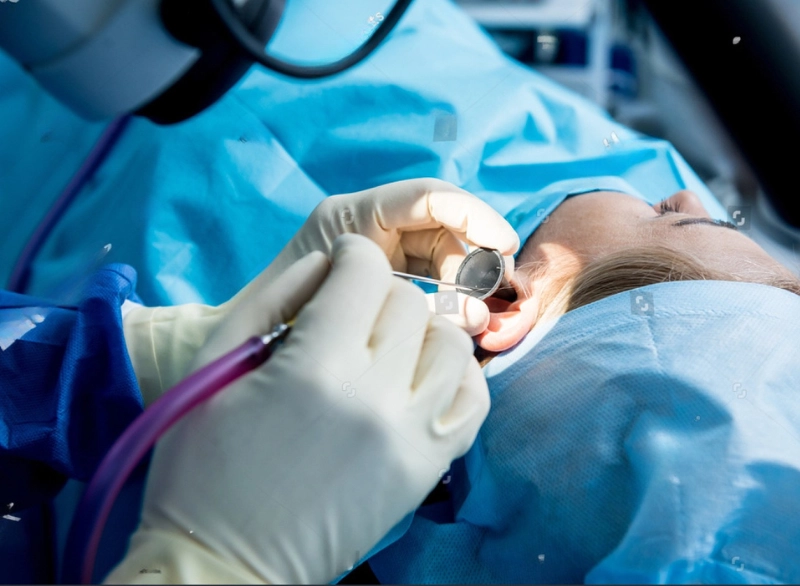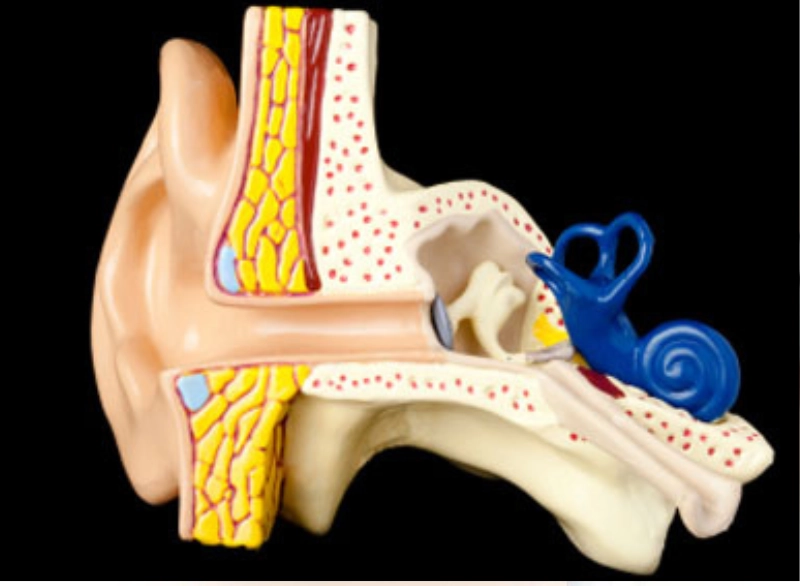Tympanoplasty
Tympanoplasty is a surgical solution to repair a damaged eardrum and improve hearing, often after chronic infections or trauma.
- Home
- Service
- Tympanoplasty

Description
Tympanoplasty is a microsurgical procedure to repair a perforated eardrum (tympanic membrane) and restore the normal structure of the middle ear. It may also involve reconstructing small bones (ossicles) if damaged.
The surgery is commonly performed on patients suffering from repeated ear infections, hearing loss, or injuries to the ear. It helps prevent further infections and boosts sound conduction.
The surgery is commonly performed on patients suffering from repeated ear infections, hearing loss, or injuries to the ear. It helps prevent further infections and boosts sound conduction.
Conditions Treated
- Eardrum perforation
- Chronic suppurative otitis media
- Conductive hearing loss
- Ear trauma or barotrauma
- Middle ear infection with persistent discharge
Tests and Treatments Offered
- Otoscopy
- Pure tone audiometry
- CT scan of the temporal bone
- Tympanoplasty under local or general anesthesia
- Post-surgical hearing monitoring and antibiotics
Special Offer on Tympanoplasty
Actual Price
₹60,000
₹50,000/- Only
Estimated Stay: 1 Day
Book Appointment
How it works
Procedure and Process Treatment

Diagnosis & Assessment
ENT performs an ear exam and audiometry test to determine the size and severity of the perforation.

Preoperative Preparation
Patient is counseled, tests are reviewed, and surgery is planned under local/general anesthesia.

Tympanoplasty Surgery
Using a microscope, the eardrum is repaired using tissue grafts. Ossicles may be repaired or replaced if needed.

Recovery & Follow-Up
Discharge on the same day or next. Recovery includes ear care instructions, follow-up visits, and hearing reassessment.

Rebuild Sound, Reconnect Life
Tympanoplasty doesn’t just restore hearing — it brings back balance, focus, and confidence in everyday life. Trust Lowcost Surgicals for effective treatment and compassionate care.
Frequently Asked Questions
We understand that patients and families often have questions before choosing a treatment. Here are some of the most commonly asked questions related to ENT care at Lowcost Surgicals.
Not always. Small perforations may heal on their own, but chronic or large holes typically require surgery.
Most patients see significant improvement. The level of hearing restoration depends on the extent of damage before surgery.
In many cases, ENT surgeries are performed as day-care procedures, meaning you can be discharged within a few hours after monitoring. However, the decision depends on your overall health and the type of surgery performed. Your doctor will provide specific guidance based on your recovery.


